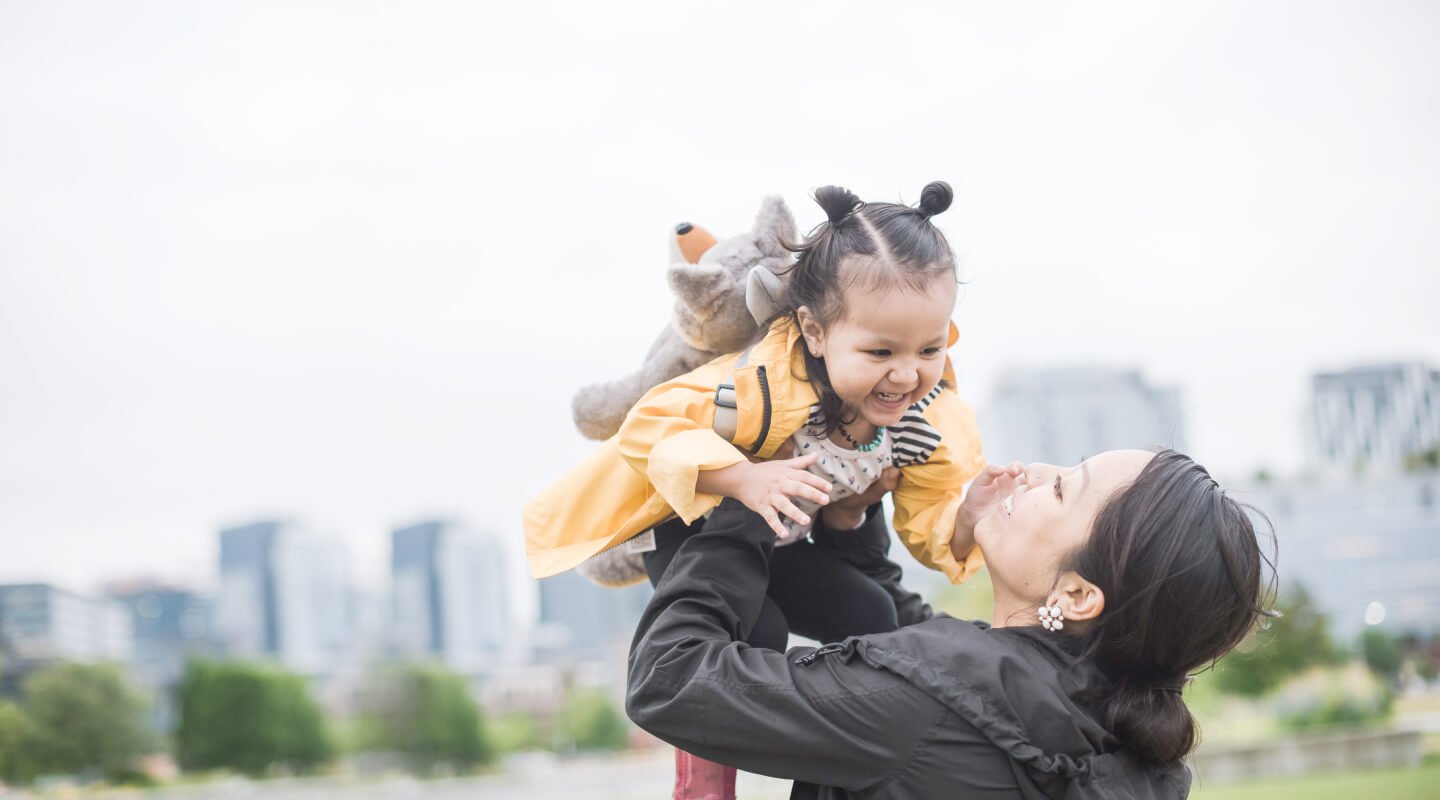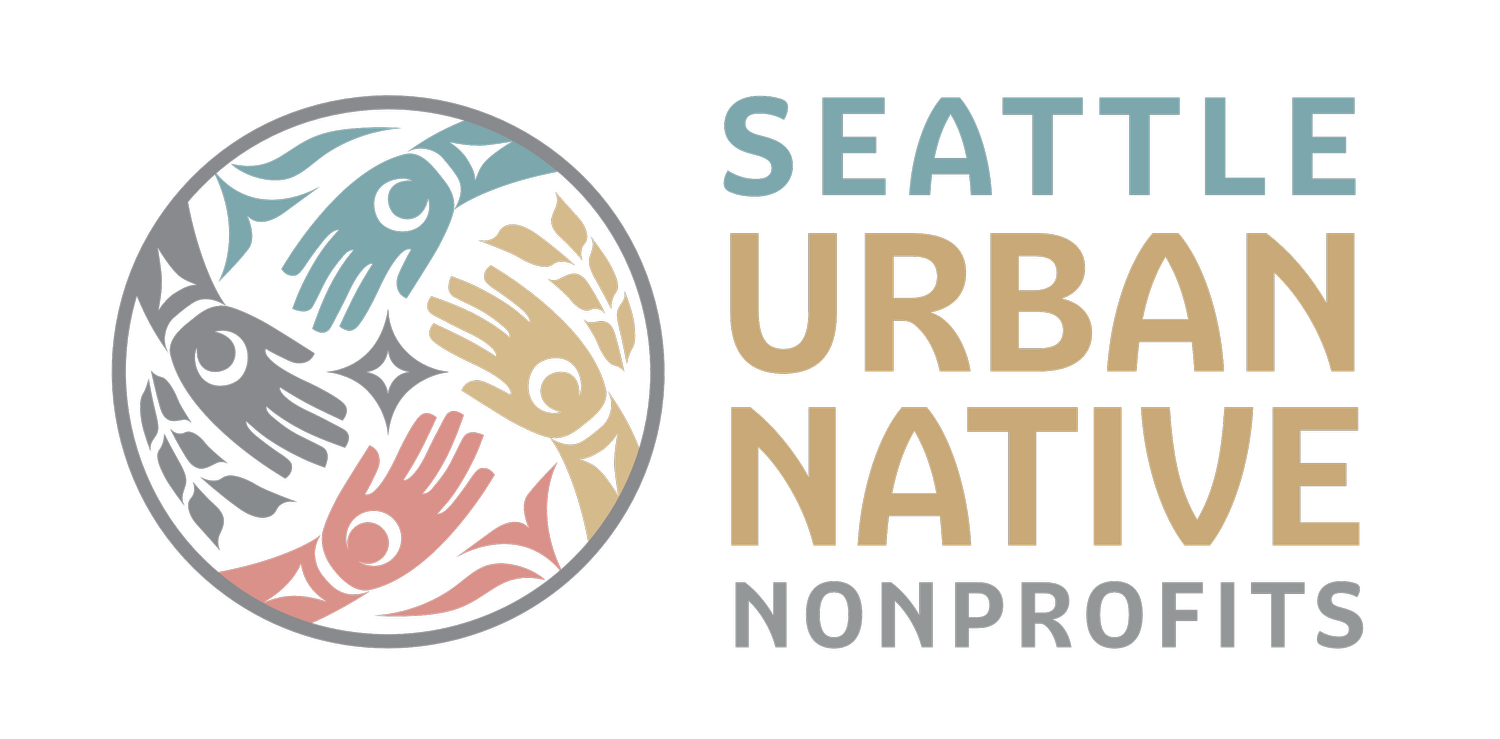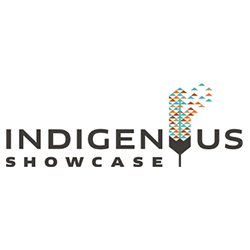
UPCOMING MEMBER EVENTS
SEATTLE
URBAN NATIVE
NONPROFITS
Collective power through dialog, education, action, and advocacy.
Seattle Urban Native Nonprofits (SUNN) collaborative serves the Seattle-King County area, a region that is home to a thriving and vibrant Native community encompassing a rich blend of Tribal cultures, multi-generational families, and individuals with many talents and professions.
A COLLABORATION OF NONPROFITS
Seattle Urban Native Nonprofits (SUNN) is a collaborative of Seattle-King County area Native-led nonprofits providing programs and services for our urban Native community…
WHO WE ARE
Meeting regularly, leaders from these organizations gather for dialog and advocacy, and to advance the priorities of the urban Native community…
WHAT WE DO
OUR COMMUNITY
The Native community in and around Seattle is multicultural, and vibrant, but it isn’t without challenges. We’ve gathered an overview of community statistics…
OUR MEMBER NONPROFITS

SINCE TIME IMMEMORIAL
The Coast Salish-speaking peoples have lived in what is present-day western Washington and southwestern British Columbia for more than 10,000 years. Their geographic territory includes the lands bordering the Salish Sea—Puget Sound, the San Juan Islands, Gulf Islands, the Strait of Juan de Fuca, the Strait of Georgia—as well as the Pacific coast of Washington and northern Oregon.


















